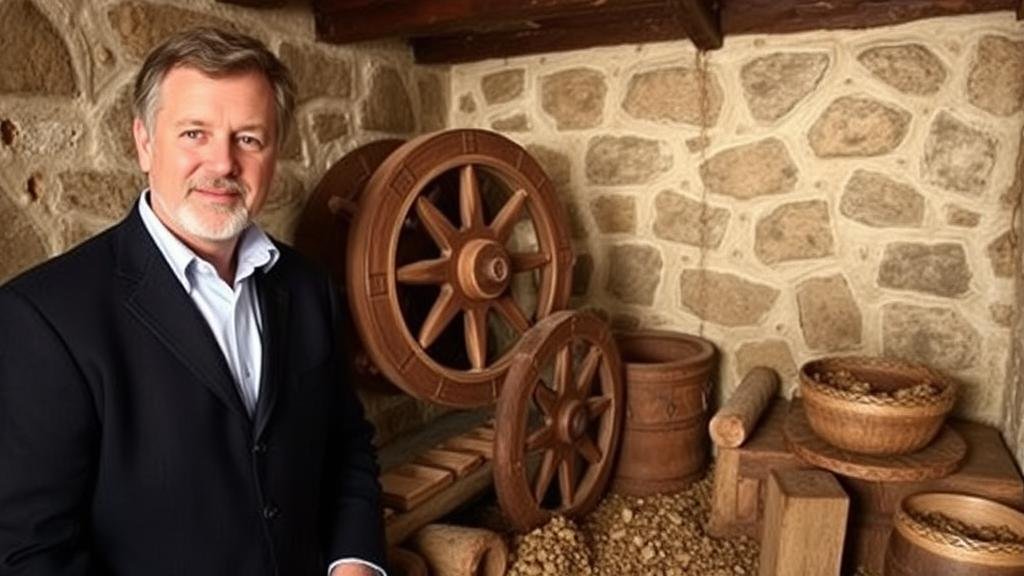Medieval Ore Crushing Techniques: The Role of Hand Mills and Querns
Medieval Ore Crushing Techniques: The Role of Hand Mills and Querns
The extraction and processing of ores during the medieval period relied heavily on rudimentary techniques that laid the groundwork for more advanced methods developed in later centuries. Central to these processes were hand mills and querns, which were essential for crushing ore into finer particles to facilitate the recovery of metals.
The Importance of Ore Crushing
Ore crushing was a critical step in the metal extraction process. By breaking down ore into smaller fragments, miners increased the surface area, allowing for more efficient extraction of valuable metals. This practice was not only vital for extracting metals such as iron, copper, and silver, but it also played a significant role in the economic and social development of medieval societies.
Hand Mills: The Forebearers of Industrial Machinery
Hand mills serve as one of the earliest forms of mechanical devices used in metallurgy. The design typically consisted of two circular stones, one stationary and the other rotating atop it, powered by human effort. The simplicity of the hand mill made it accessible to a wide range of users, from individual artisans to larger mining operations.
Construction and Functionality
Hand mills were primarily made from durable materials like granite or basalt, ensuring longevity and effective crushing. stationary stone provided stability, while the top stone, known as the runner, could vary in weight and was rotated by hand. This process, known as grinding, would crush the ore into a powdery form, ready for metallurgical processes.
Real-world Applications
The use of hand mills can be traced back to ancient civilizations, but during the medieval period, they were extensively utilized. For example, a study of medieval mines in the Erzgebirge region of Germany reveals how local miners relied on hand mills to extract silver from lead ores, contributing to the areas economic prosperity.
Querns: The Role of Stone in Ore Processing
Querns were an essential tool in ore processing, similar to hand mills but often simpler in design. Querns used two horizontally arranged stones where the top stone was turned by hand to grind the ore below. Unlike hand mills, querns were frequently used for not just grinding ore but also grains, showcasing their versatility.
Types of Querns
There were several types of querns, including:
- Rubblestone Quern: Made from rough stones and often used for initial crushing of coarse materials.
- Millstone Quern: Smoother surfaces designed for finer grinding.
Example of Use in Medieval Society
One notable example of querns is their use in the valleys of northern England during the 12th century. Archaeological excavations reveal numerous querns alongside smelting sites, indicating the integrated approach of crushing and refining processes in local metallurgy.
Efficiency and Limitations
While hand mills and querns were effective for small-scale ore processing, they had limitations. labor-intensive operation required considerable human effort and time, which restricted the scale of ore production. Also, the level of fineness achievable with these methods varied, affecting the quality of metal extraction.
Conclusion: The Legacy of Medieval Techniques
The techniques of ore crushing through hand mills and querns represent a vital chapter in the history of metallurgy. These tools were instrumental in supporting local economies and laid the groundwork for future advancements in mining and metallurgical processes.
As we reflect on these medieval practices, one takeaway is the importance of understanding historical methods as they not only illuminate the technological progress but also enhance our appreciation of the resourcefulness of earlier societies. Future studies could benefit from focusing on the evolution of these techniques and how they influenced modern mining practices.



